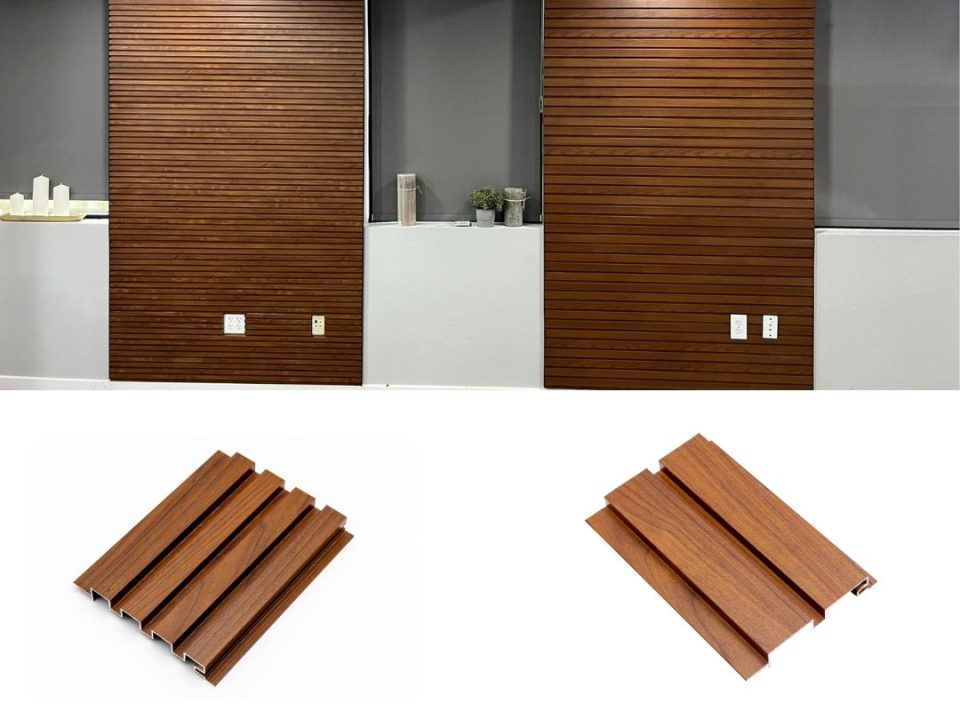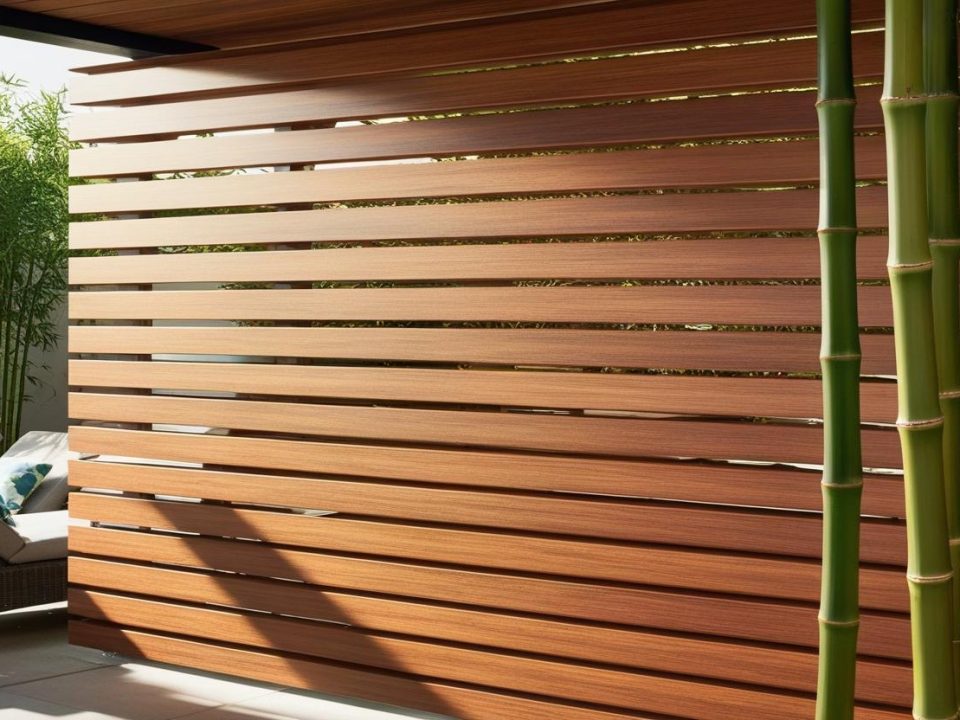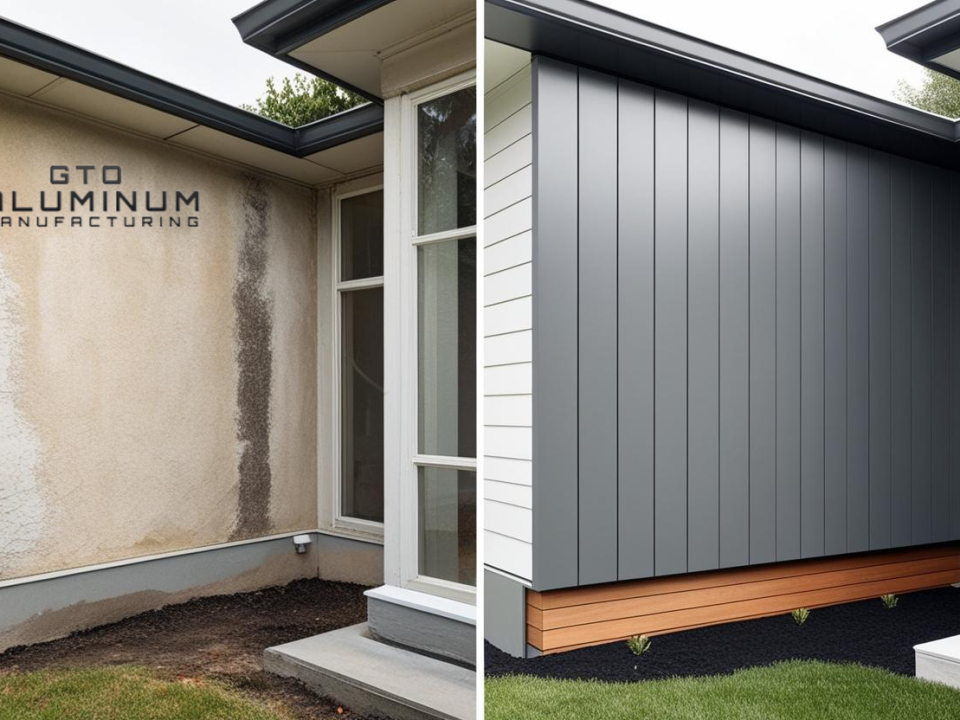
5 Ways Aluminum Cladding Can Supercharge Your Building’s Energy Efficiency
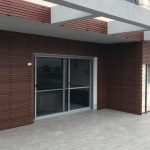
Why Aluminum Cladding is the Green Building Material of the Future
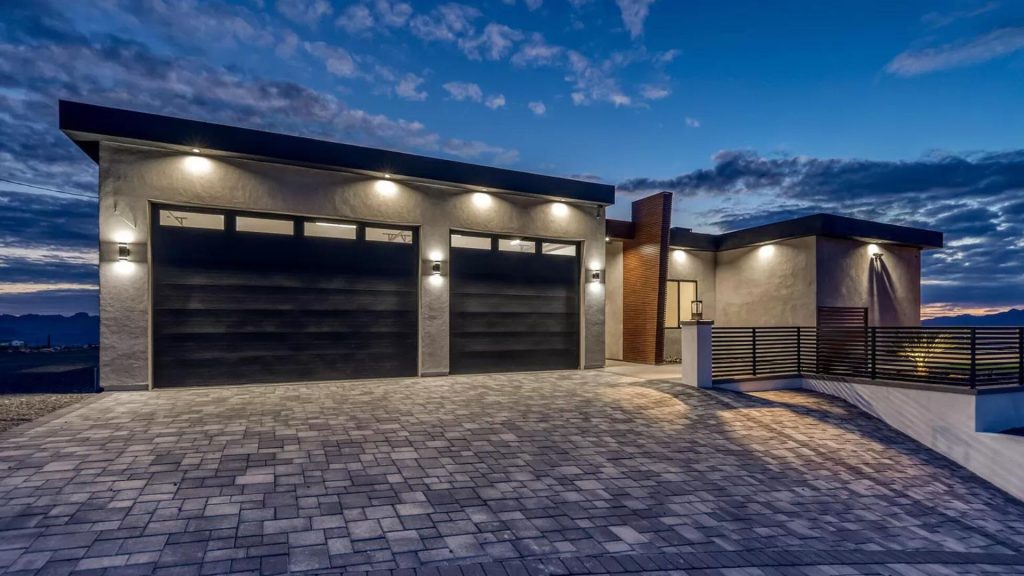
Coastal properties are prized for their stunning views and serene environments, but they also face unique challenges. The relentless assault of saltwater, moisture, and humidity can significantly impact the longevity and appearance of buildings in these areas.
Aluminum cladding offers a robust solution to these challenges, providing both protection and aesthetic appeal. This guide will walk you through how to effectively use aluminum cladding to protect your coastal property from the harsh effects of salt and moisture.
Understanding the Coastal Challenge: Salt and Moisture
Coastal environments present a unique set of challenges for building materials. Salt in the air and water accelerates the corrosion process, leading to rust and degradation, while high moisture levels can cause structural weaknesses over time. This combination of salt and moisture can quickly deteriorate traditional building materials, resulting in increased maintenance costs and reduced property value.
Aluminum cladding, however, is designed to withstand these harsh conditions. Its natural resistance to corrosion and moisture makes it an ideal material for protecting coastal properties. Aluminum forms a protective oxide layer when exposed to air, which prevents further oxidation and ensures long-lasting durability.
Choosing the Right Aluminum Cladding for Coastal Properties
Not all aluminum cladding is created equal, especially when it comes to protecting against coastal elements. For coastal properties, it’s crucial to choose cladding made from marine-grade aluminum, such as alloys 5052 or 5083. These alloys are specifically designed to resist the corrosive effects of saltwater, offering enhanced protection compared to standard aluminum.
Additionally, consider cladding with special coatings or finishes that provide an extra layer of protection. Coatings such as PVDF (polyvinylidene fluoride) are excellent for coastal environments as they offer superior resistance to UV radiation, salt spray, and other environmental factors.
Installation Tips to Maximize Durability
Proper installation is key to ensuring that aluminum cladding performs effectively in coastal environments. Here are some tips to maximize its durability:
- Use Corrosion-Resistant Fasteners: Ensure that all fasteners, brackets, and other installation components are made from corrosion-resistant materials, such as stainless steel, to prevent galvanic corrosion.
- Allow for Ventilation: Proper ventilation behind the cladding panels is essential to prevent moisture buildup, which can lead to mold growth and structural damage.
- Seal Joints Properly: Use high-quality sealants to seal joints and seams, preventing moisture from penetrating behind the cladding.
Following these installation best practices will help extend the life of your aluminum cladding, providing long-term protection for your coastal property.
Maintenance Practices to Preserve Your Cladding
Although aluminum cladding is low-maintenance, it’s important to implement a regular maintenance routine to ensure it continues to protect your property effectively:
- Regular Cleaning: Salt deposits can accumulate on the surface of the cladding, especially in coastal areas. Regular cleaning with fresh water helps remove these deposits, preventing potential corrosion.
- Inspection: Periodically inspect the cladding for any signs of wear or damage, such as cracks or peeling in the protective coating. Early detection allows for timely repairs, preventing minor issues from becoming major problems.
- Reapply Coatings When Necessary: Depending on the environmental conditions and the type of coating used, it might be necessary to reapply protective coatings every few years to maintain the cladding’s resistance to salt and moisture.
These simple maintenance practices can significantly prolong the life of your aluminum cladding, ensuring your coastal property remains protected and aesthetically pleasing.
The Long-Term Benefits of Aluminum Cladding
Investing in aluminum cladding for your coastal property offers several long-term benefits. The material’s durability reduces the need for frequent repairs, resulting in lower maintenance costs over time. Additionally, the enhanced protection provided by aluminum cladding helps maintain the structural integrity of your property, increasing its lifespan and value.
Moreover, aluminum’s recyclability makes it an eco-friendly choice, contributing to sustainable building practices. By choosing aluminum cladding, you’re not only protecting your property but also making an environmentally responsible decision.
Conclusion
Coastal properties require materials that can withstand the harsh conditions of salt, moisture, and humidity. Aluminum cladding stands out as the best choice for protecting these properties, offering a combination of durability, low maintenance, and aesthetic flexibility.
By selecting the right type of aluminum cladding and following proper installation and maintenance practices, you can ensure that your coastal property remains protected and beautiful for years to come.
Get in touch with GTO Aluminum team today to get started!


